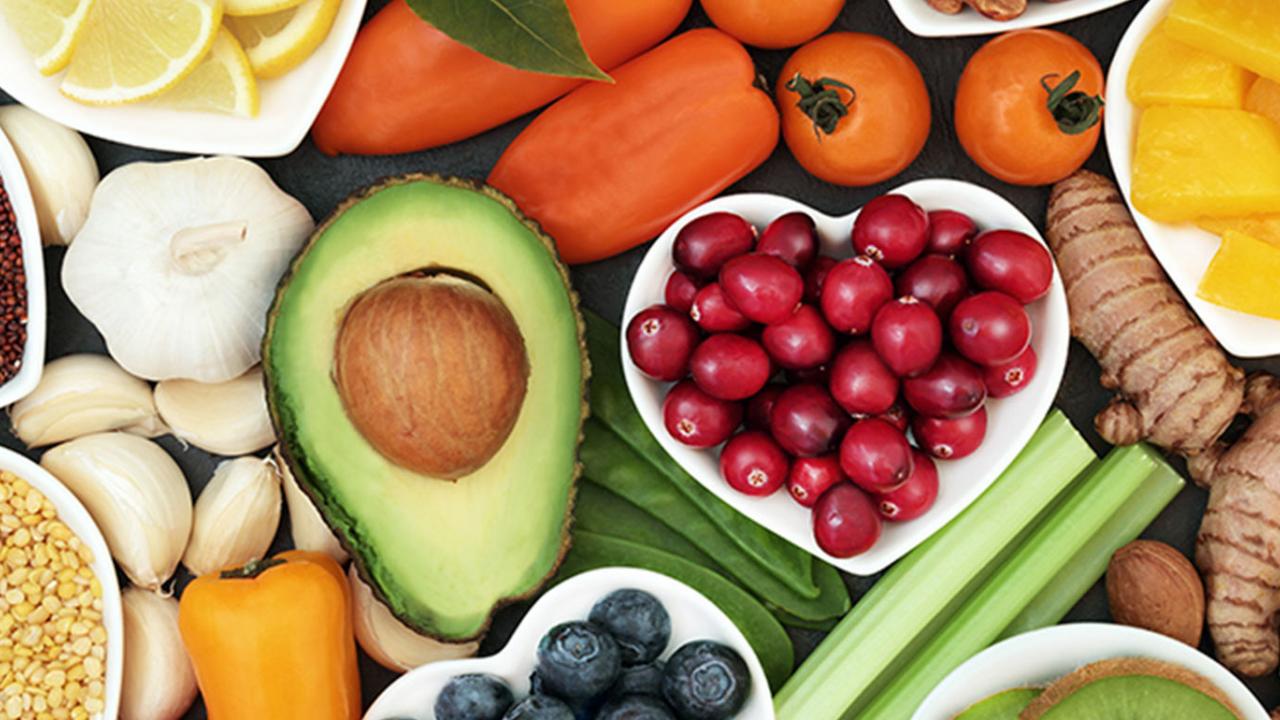We know surprisingly little about the molecules that make up our food. Now the Periodic Table of Food Initiative has published a list of 1,650 foodstuffs from around the world for rigorous biochemical analysis. About two-thirds of the foods on the list are not included in any globally recognized food composition database.
An article describing the list was published March 8 in Nature Food.
The goal of the Periodic Table of Food Initiative is to develop tools and expertise to understand the world's food resources and biodiversity, and help people make the best use of it to provide healthy, nourishing, sustainable food. The PTFI database will include agricultural and environmental information as well as nutritional data.
“A substantial portion of what humanity consumes remains a scientific mystery,” said Selena Ahmed, Global Director of PTFI at the American Heart Association, which co-facilitates the PTFI Secretariat, in a news release. “Not only have these foods been invisible to nutritional science, but an estimated 95% of the biomolecules in food have escaped our analysis and don’t appear on food labels. We may think we know what we’re eating, but most of the time, we have limited understanding.”
Today, half the calories consumed in the world come from three crops: wheat, maize and rice. In contrast, The PTFI list includes plants, nuts and seeds, products from land and aquatic animals, fungi, bacteria and even lichen. Some of these foods are already globally distributed. Others are specific to a particular region. For example, wattle (Acacia) seeds have been used by Australian Aboriginal peoples for thousands of years but much remains to be known about their nutritional qualities, health effects or role in ecosystems.
“Agriculture is a major contributor to climate change and the devastation of the planet,” said co-author Professor Bruce German, chair of the Scientific Advisory Committee of PTFI and director of the Foods for Health Institute at UC Davis, in a news release. “The foods we grow are driving diet-dependent diseases that are a major cause of morbidity and mortality around the world. And the only way to fix this, the necessary step, is knowing what food is.”
The PTFI plans to roll out a set of resources for global food researchers including data, tools and capacity-strengthening measures later this month.
